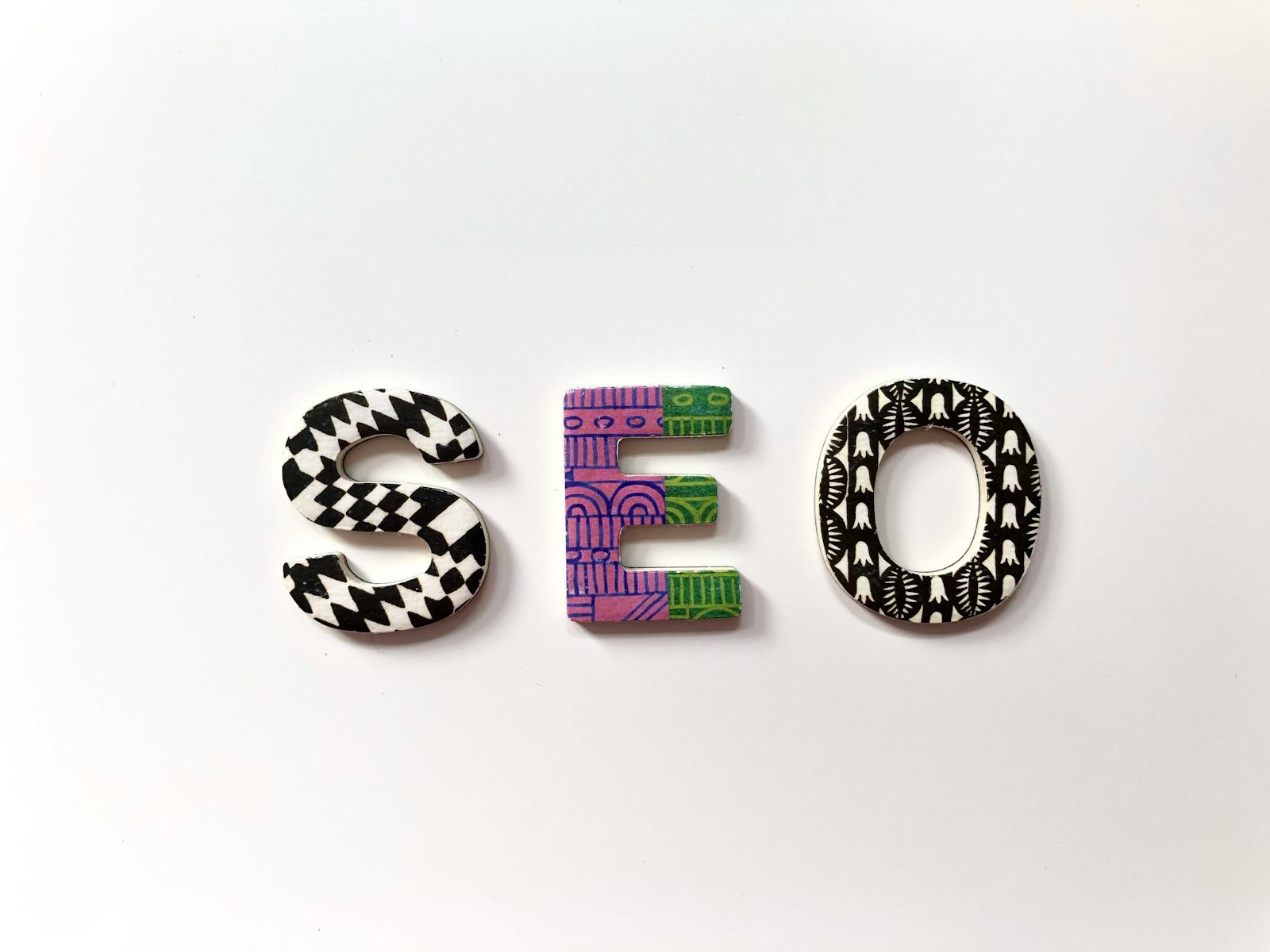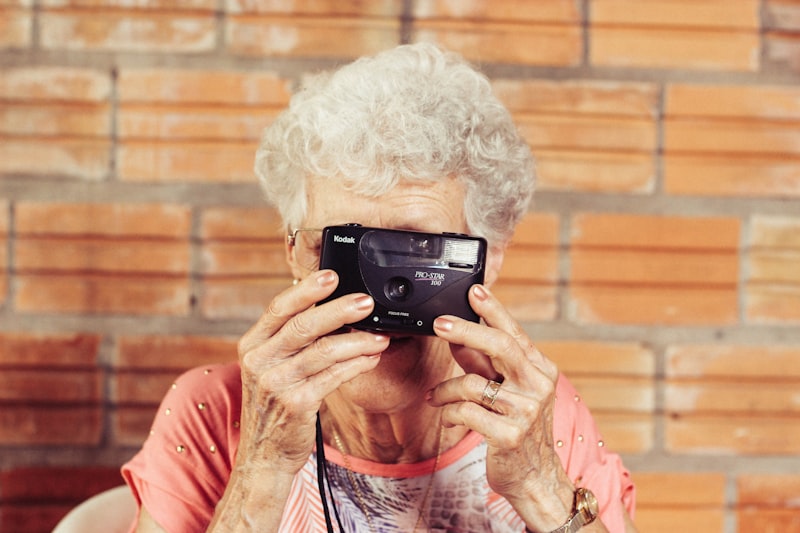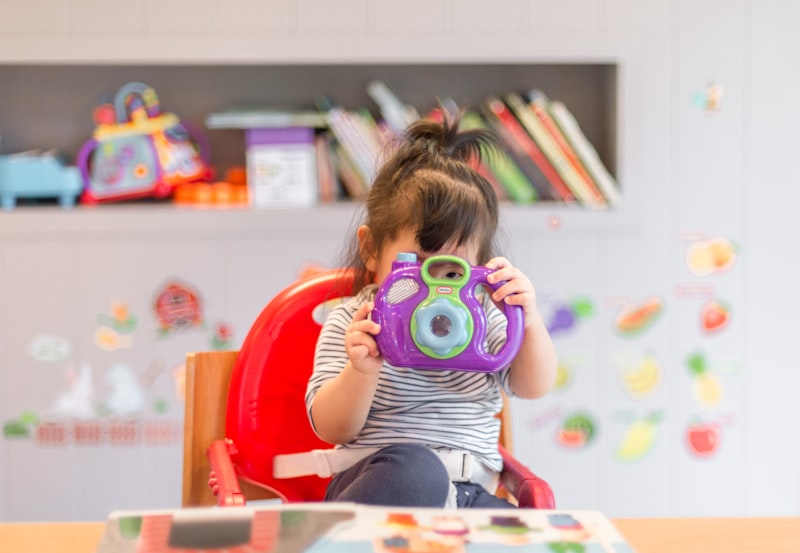"Don't interrupt people - attract them with content matched to who they are, what they care about, and where they are in their journey."
In today's digital world, businesses have more options than ever when it comes to marketing tactics and strategies. Two of the most common approaches are inbound and outbound marketing. But which one is more effective? In this post, we'll analyze the differences between inbound and outbound marketing using data and examples.

Defining Inbound and Outbound Marketing
First, let's clearly define what we mean by inbound and outbound marketing:
Inbound marketing focuses on attracting customers through relevant and helpful content and experiences designed to bring customers to you. The goal is to earn people's attention and trust over time to eventually convert them into customers. Examples of inbound tactics include blogging, SEO, social media, webinars, and content offers like ebooks or quizzes.
Outbound marketing is about interrupting people's flow to deliver your sales message directly to them. It's a more promotional, advertising-based approach. Examples of outbound tactics include cold calling, print/TV/radio ads, email blasts, direct mail, and trade show booths.
So in summary:
- Inbound attracts people to you through helpful content
- Outbound interrupts people to deliver a sales message
Now let's dig into the data around the effectiveness of these two approaches.

Inbound Marketing Drives More Qualified Leads
Studies consistently show that inbound marketing generates more leads, and higher quality leads, compared to outbound strategies:
According to HubSpot, companies that use inbound marketing grow faster than those that don't. Inbound marketers see 3x more leads per month on average.
Leads from inbound tactics convert to customers at a rate 53% higher than outbound leads.
Contacts acquired through inbound tactics have a 14.6% higher close rate than outbound contacts.
Why does inbound work so well for lead generation? A few reasons:
Inbound builds trust. By creating helpful content designed for specific buyer personas, inbound marketing educates and builds credibility with potential customers over time. This makes prospects more likely to convert when the time is right.
Inbound reaches people proactively looking for solutions. People searching for solutions online are already in an active buying mode. Inbound content shows up at precisely the right time to capture their attention.
Inbound attracts more qualified leads. People who find your content and raise their hands have already self-identified as being interested in your type of solution. Outbound contacts are more random.
| Lead Source | Leads per Month | Close Rate |
|---|---|---|
| Inbound | 144 | 14.6% |
| Outbound | 48 | 9.6% |
So the data clearly shows that inbound generates more and better qualified leads. But what about driving direct sales?
Inbound Delivers Stronger ROI Than Outbound
While inbound marketing is great for lead generation, does it actually impact revenue and ROI? The numbers say yes:
Companies with mature inbound marketing programs generate 67% more leads from their site and see 54% faster lead growth.
Inbound tactics deliver $2 in revenue for every $1 spent, compared to outbound's $0.90. That's over a 2X better ROI.
Brands utilizing a mix of blogging, SEO and social media see 3.5X higher buyer-to-leader conversion rates than brands who don't.
Companies with blogs generate 67% more leads per month on average.
Clearly inbound marketing pays off on the revenue side as well. These statistics make sense when you consider inbound's ability to:
- Build a consistent pipeline of interested leads over time through educational content
- Drive relevant site traffic that is ready to buy when sales engages
- Establish your brand as a trusted expert that prospects want to buy from
Inbound marketing fuels the entire sales funnel, not just the top. This compounding effect is why inbound ROI surpasses outbound.
The Role of Outbound Marketing
Does this mean outbound marketing is completely ineffective? Not necessarily. The right outbound tactics can complement an inbound approach in helpful ways:
Outbound for lead nurturing
Outbound channels like email and direct mail can engage cold or lapsed leads who have shown interest but aren't sales ready yet. This helps move prospects down the funnel.
Outbound to close warm leads
While cold outbound reaches low intent prospects, warm outbound to established leads at the bottom of the funnel can help convert prospects who need an extra nudge.
Outbound for remarketing
Retargeting inbound leads who have engaged with your content but disappeared with outbound ads can bring them back into the funnel.
So while inbound should form the core of your strategy, targeted outbound efforts can fill in the gaps. Just don't rely on outbound alone, as the data shows this rarely succeeds on its own. An "inbound first" approach should dominate.
Key Takeaways and Recommendations
Given the data, inbound marketing is clearly the more effective approach overall for lead generation, conversions, and ROI. Here are some recommendations on maximizing an inbound strategy:
Prioritize building a library of educational content assets like blog posts, ebooks, webinars, and videos tailored to your audience's needs. This attracts and nurtures leads.
Optimize every piece of content for SEO. Appearing in search is the #1 inbound channel, so focus on keyword research and on-page optimization.
Promote content across multiple channels. Repurpose content across your blog, social media, email marketing, and paid ads.
Measure inbound performance meticulously. Track leads and sales by source to see which inbound channels deliver the highest ROI. Double down on what works.
Test the role of outbound to complement inbound. Try lead nurturing campaigns and remarketing to identify where outbound fills gaps.
Take an "inbound first, outbound second" approach. Inbound marketing should represent at least 80% of your strategy. Let inbound attract and engage, then use targeted outbound to support it.
Prioritizing inbound marketing backed by data is your path to higher quality leads, lower acquisition costs, and greater marketing ROI. Focus on attracting customers with relevance and value rather than interrupting them. With an inbound first approach, you'll see your customer pipeline and revenue grow over the long term.
FAQ
1. What are the core differences between inbound and outbound marketing?
Inbound marketing revolves around attracting customers by creating valuable, relevant experiences and content designed to pull people toward your brand and offerings. It aims to connect with audiences early in their journey before they are ready to buy. Outbound marketing takes a more promotional approach of pushing advertising and messaging to interrupt people in order to deliver your sales message directly.
Inbound establishes relationships and builds credibility over time through content people find useful. Outbound seeks immediate conversions through advertising and promotions. Ultimately, inbound is about being found by buyers versus outbound which focuses on pursuing buyers.
2. What inbound marketing tactics are most impactful?
While all inbound tactics work together, the data shows content marketing through blogging and SEO delivers the highest impact. Consistently publishing educational blog content optimized for search helps companies rank higher and get found by buyers when they are researching solutions.
Other high-ROI inbound tactics include interactive tools like assessments, calculators and quizzes, as well as gated offers like ebooks, whitepapers and webinars. Outbound email to nurture cold leads can also complement an inbound approach.
3. How can I ensure my inbound content strategy aligns to my audience?
Start by deeply understanding your target buyer personas through both quantitative data and qualitative insights. Map out their goals, challenges, interests and specific needs. Then develop an editorial calendar for your blog tailored directly to your personas and backed by keyword research. This allows you to create content matched to each stage of their journey.
Continuously test and optimize content performance through metrics like traffic sources, engagement, conversions, and sales pipeline impact to ensure your inbound content remains aligned to audience needs over time.
4. How do I track the ROI of my inbound marketing activities?
Marketing attribution modeling is key to quantifying inbound ROI. Track leads captured, pipeline created, and revenue influenced by each inbound channel. Analyze conversion rates and sales cycle impacts of leads from blogs, organic search, social, referrals, etc.
This allows you to determine the revenue payoff of your investments in SEO, content, email nurturing, and other inbound programs. Continuously optimize your channel mix based on performance data.
5. What tools are most important for executing inbound marketing successfully?
- Blogging platform: WordPress, HubSpot or Medium
- SEO tools: Moz, Ahrefs, SEMrush, Screaming Frog
- Social media management: Sprout Social, Hootsuite, Buffer
- Email marketing: MailChimp, HubSpot, ConvertKit
- Landing pages: Unbounce, Leadpages, Instapage
- Marketing analytics: Google Analytics, HubSpot, Mixpanel
Choose tools tailored to your specific inbound strategies and scale. Also ensure your CRM and sales tools integrate with your marketing stack to capture and analyze pipeline created.
6. How can I maximize conversions from my inbound content?
Optimizing content for conversions requires a focus on quality and relevance over quantity. Ensure your titles and meta descriptions are optimized for click-throughs. Structure content for easy skimming through headers, bullets and emphasis on key takeaways. Include targeted calls-to-action for lead generation.
Most importantly, ensure content tightly aligns to searcher intent. If your content answers the exact questions prospects have at that stage of their journey, it will convert. Continuously A/B test content variations to improve conversion rates over time.
7. What is the best way to promote my inbound content?
An integrated, omni-channel content promotion strategy is ideal. This ensures you reach prospects where they consume information. Promote content across social media, email, organic search, paid search, print, podcasts, newsletters and any channel your audience engages with.
Repurpose content into new formats - an infographic for social, a Slideshare for organic search, a video clip for paid ads. Continually test channels, assets and formats to determine optimal content promotion mix.
8. How can I improve retention and lifetime value of leads captured through inbound?
Nurture new inbound leads with tailored email sequences that provide helpful advice based on their persona and funnel stage. Send notification when new related content publishes. Create gated mid-funnel offers and webinars to continue engagement.
For customers, create dedicated onboarding, adoption and expansion content flows. Develop triggered/behavioral customer journeys based on product usage and scenarios. Offer subscription content bundles and loyalty programs.
9. What are signs my inbound marketing strategy needs to evolve?
Indicators you need to rethink your approach include stagnant site traffic or declines in organic search visibility, lower social engagement, reduced email open and click-through rates, and falling volume or quality of leads captured.
New buyer personas emerging, changes in audience content consumption habits, and lack of conversions from specific content types or topics also signal a need to realign your inbound strategy.
10. How can I expand the reach of my inbound marketing?
If your inbound content is resonating, consider going "outside-in" by repurposing it into other formats and promoting in additional channels. Turn blog posts into a webinar, podcast or video series. Syndicate content through third-party sites. Pitch reporters with data-driven stories.
Expand your SEO keywords to reach new segments. Test promoting content with paid ads on Google, LinkedIn, Facebook. The deeper the library of inbound assets, the more avenues you have for reaching new audiences.






